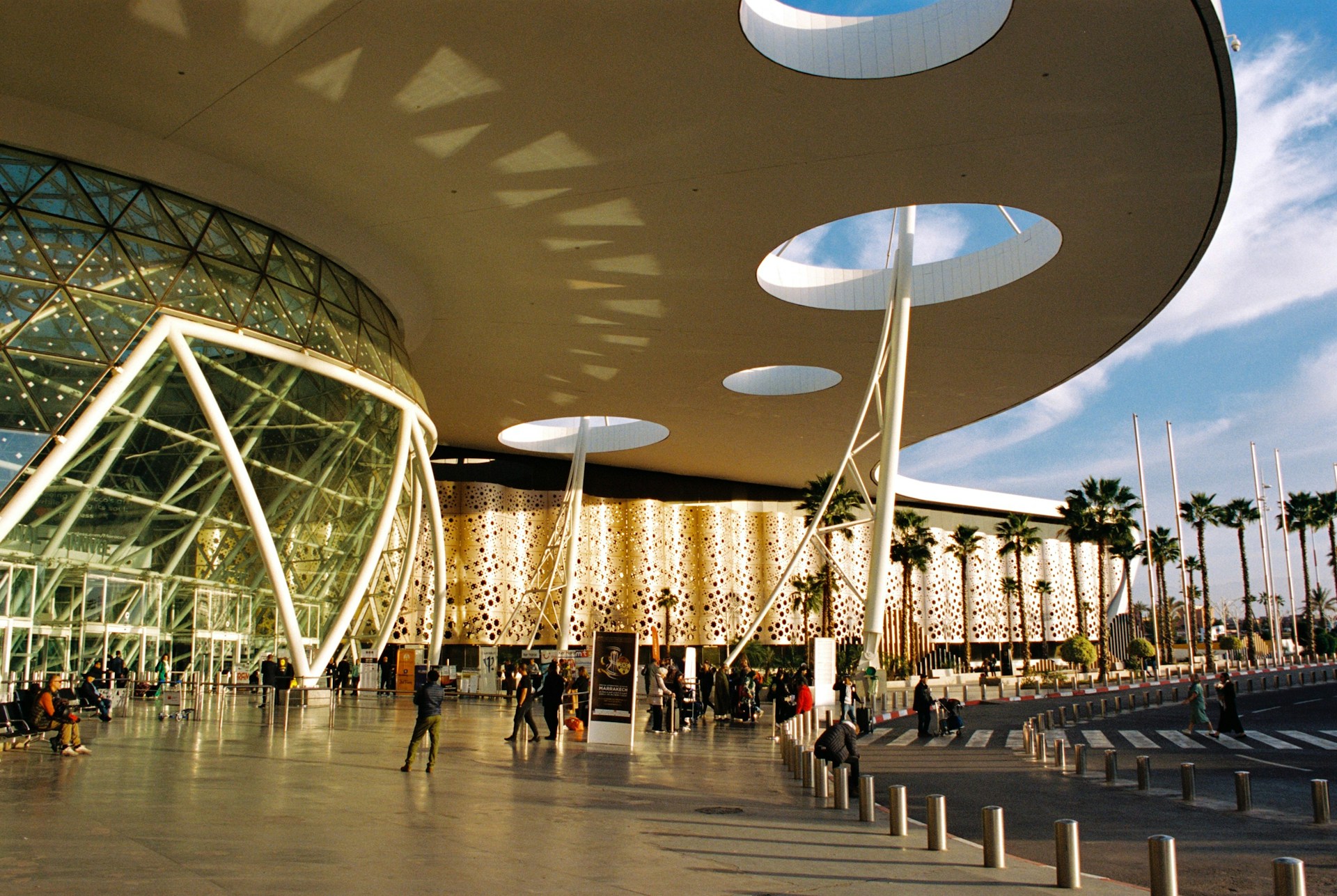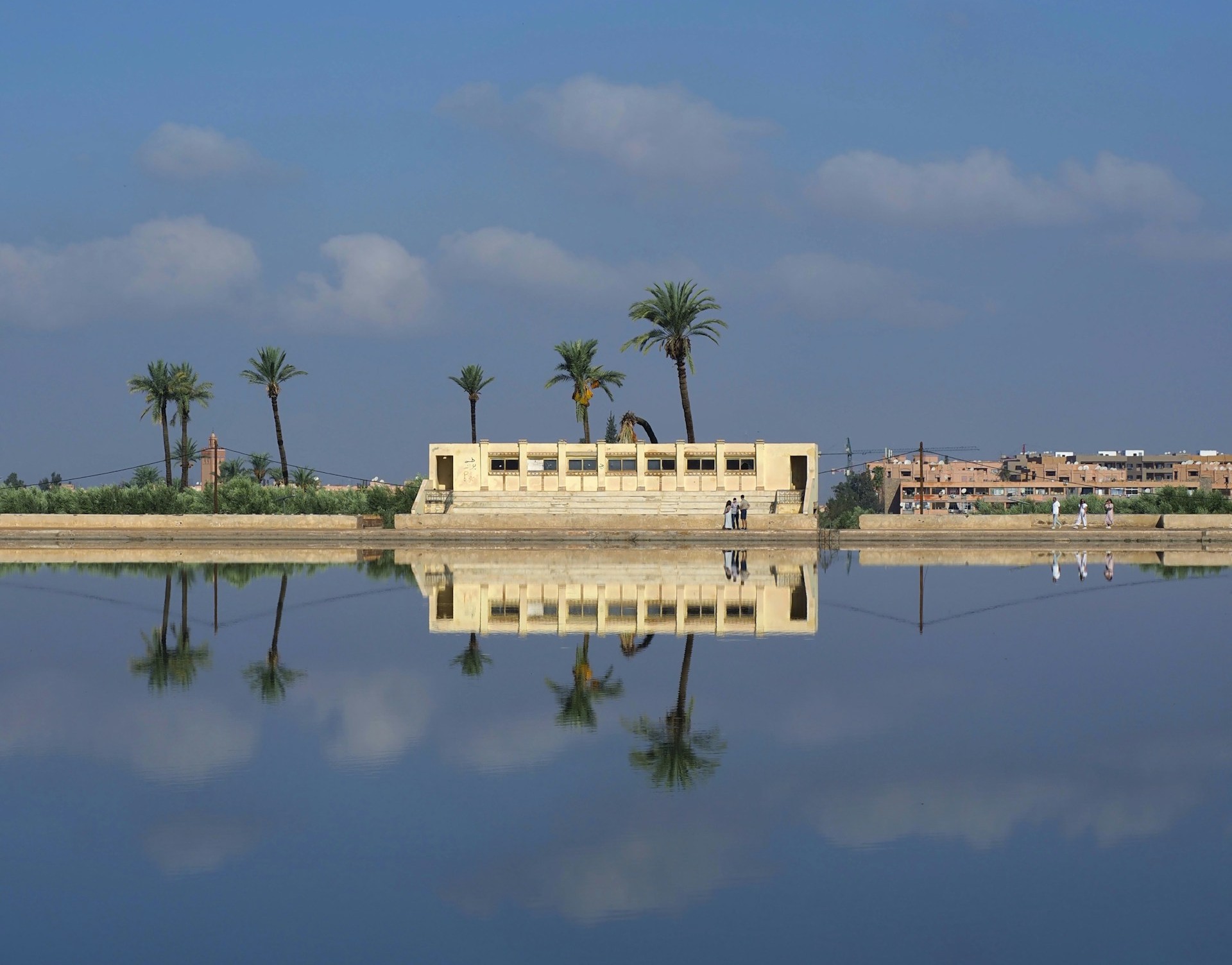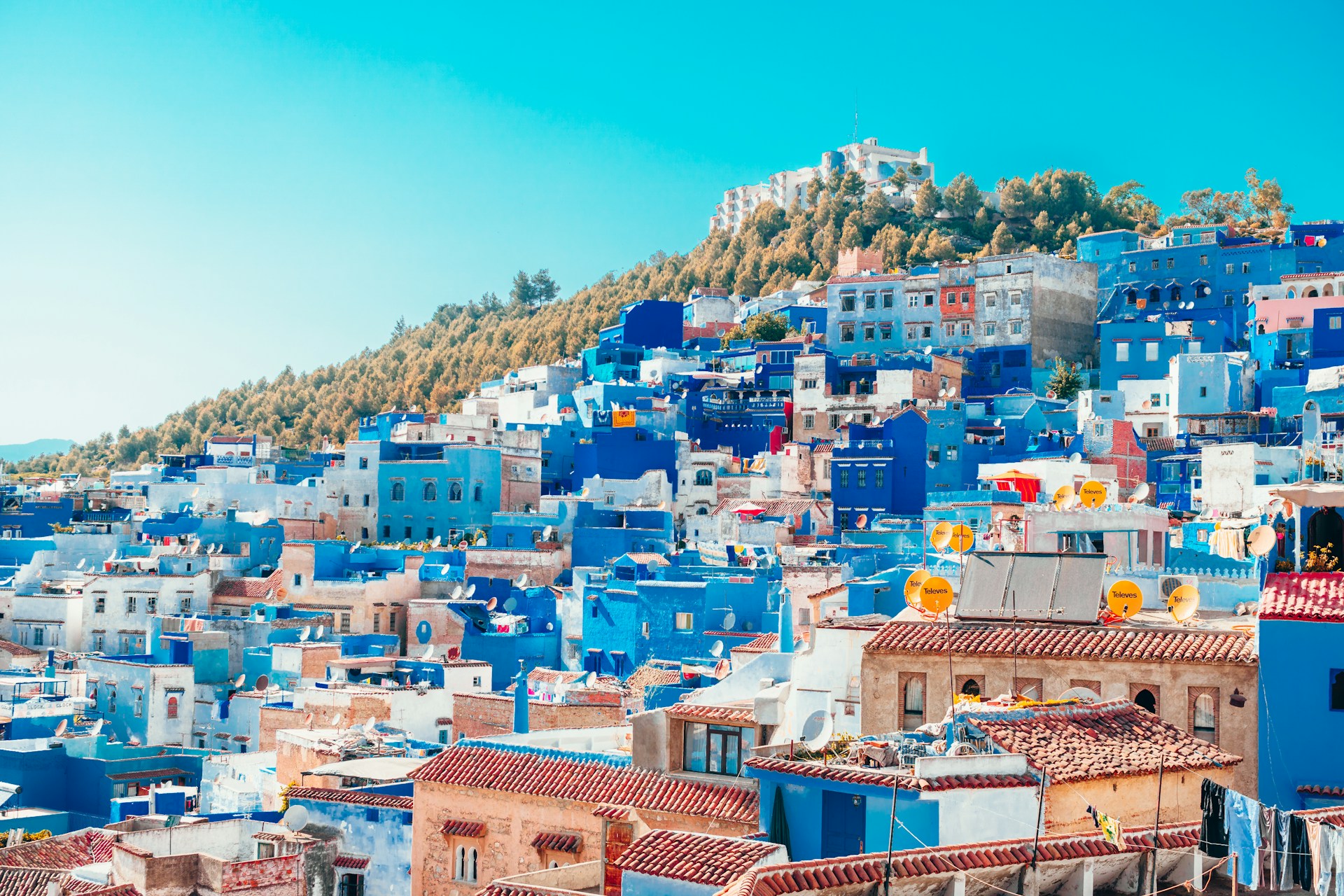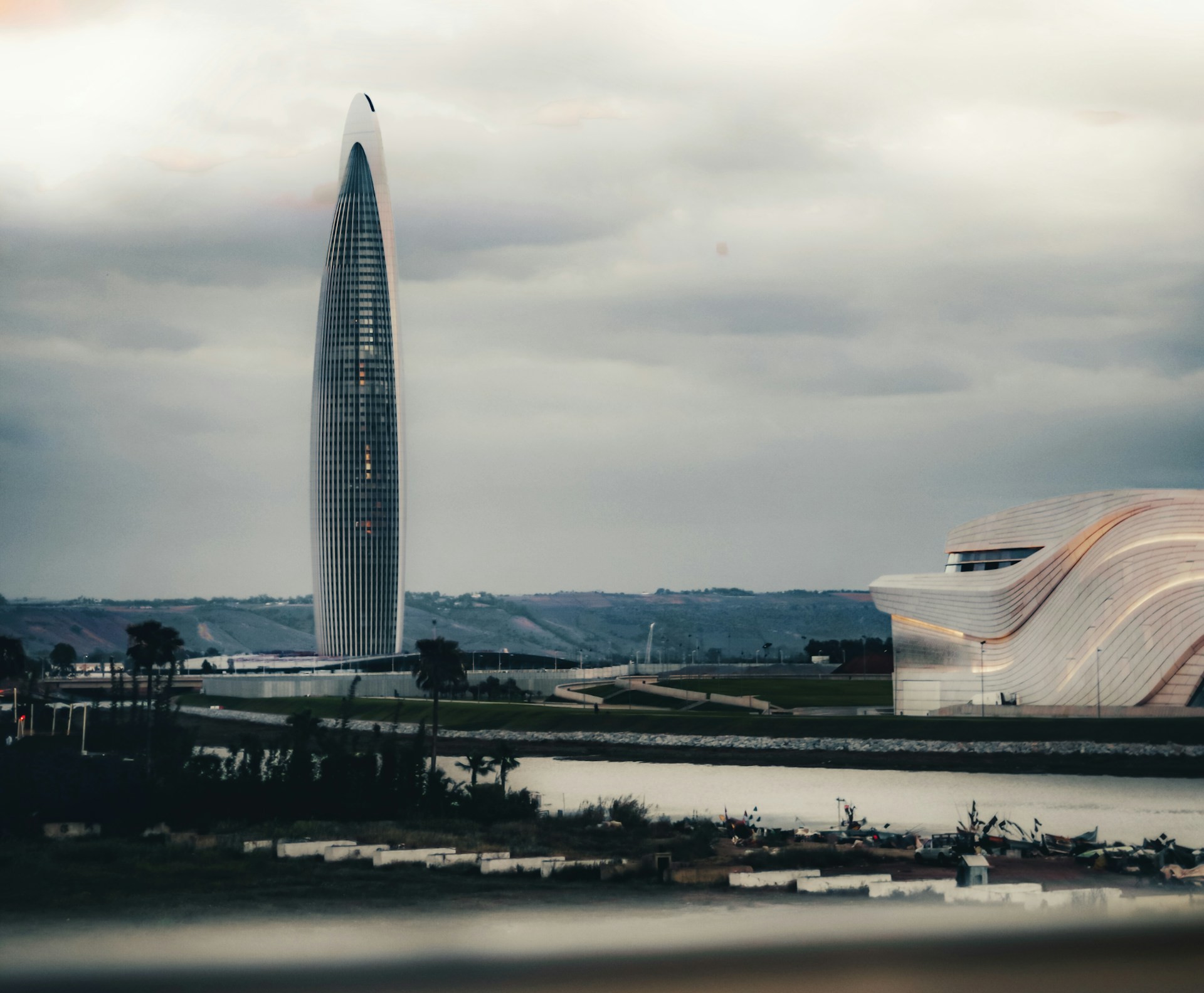Casablanca – Morocco’s tourism sector is experiencing strong and sustained growth in 2025, with the latest data signaling a potentially record-breaking year for visitor numbers, overnight stays, and foreign currency revenues. Following the recovery period after the COVID-19 pandemic, the country’s efforts to reposition itself as a premier Mediterranean destination appear to be paying off.
Significant surge in overnight stays
According to multiple reports from the Moroccan Tourism Observatory, classified tourist accommodation establishments (EHTC) recorded more than 11.88 million overnight stays during the first five months of 2025. This figure represents a 14% increase compared to the same period in 2024.
The growth was fueled by strong demand from both domestic and international markets. International overnight stays rose by 17%, while domestic tourism posted a 5% increase. These statistics underline a balanced rebound in travel activity and highlight the resilience of Moroccan tourism against recent global economic uncertainties.
Earlier figures from January and February also showed promising signs. By the end of February 2025, overnight stays were already up by 16% year-on-year, with international visitors accounting for a 20% rise and resident tourists contributing a 6% increase. January alone saw over 2.04 million overnight stays, setting a strong pace for the year.
Tourist arrivals surpass 7.2 million
The number of international tourists entering Morocco has also seen impressive growth. As of the end of May, 7.2 million visitors were recorded at Moroccan border checkpoints, a 22% jump compared to the same period in 2024. In January alone, tourist arrivals rose by 27%, with over 1.26 million visitors entering the country.
This surge reflects the effectiveness of Morocco’s tourism promotion strategies and enhanced international visibility, as well as improved flight connectivity, simplified visa procedures for key markets, and the growing appeal of Morocco as a safe and diverse travel destination.
Revenue from international tourism on the rise
In addition to the rise in visitor numbers, tourism has generated strong foreign currency revenues. By the end of May 2025, income from international tourism reached approximately $4.65 billion, marking an 8.5% increase compared to the previous year. In January alone, receipts from non-resident tourists totaled about $905 million, representing a 10% growth over January 2024.
These figures underscore tourism’s crucial role in supporting Morocco’s macroeconomic stability and foreign exchange reserves, positioning the sector as a key pillar of the national economy
Regional destinations posting record gains
The growth in tourism is not limited to major cities; several regional destinations have also reported notable gains. Tangier led the way with a 24% increase in overnight stays by May, followed by Casablanca (20%), Fez (19%), Essaouira (16%), Al Haouz (14%), Agadir (10%), and Marrakech (7%). Earlier in the year, Al Haouz stood out with a 48% jump in January alone, while Fez and Tangier posted increases of 35% and 30%, respectively.
These performances suggest a more diversified tourism map, with travelers increasingly seeking out cultural, coastal, and nature-based experiences across the country. The rise is also attributed to enhanced local investment in hospitality infrastructure, cultural events, and destination marketing.
A promising outlook for the remainder of 2025
If current trends continue, Morocco is on track to exceed the tourism performance of 2024, when the country welcomed 14.5 million tourists, generating $10.8 billion in tourism revenues. The momentum observed in the first half of 2025 places Morocco in a strong position to surpass 16 million visitors by year-end, potentially setting a new national record.
Tourism stakeholders are optimistic about the summer and end-of-year holiday seasons, particularly with continued airline expansions and favorable global travel trends. The Moroccan National Tourist Office (ONMT) has intensified promotional campaigns in key European, Gulf, and American markets, focusing on Morocco’s varied tourism offerings — from the Sahara and Atlantic beaches to imperial cities and mountain retreats.
Challenges and priorities ahead
While the current figures are encouraging, experts emphasize the need to maintain service quality, expand accommodation capacity, and prioritize sustainable development. With rising tourist numbers comes increased pressure on natural resources, cultural sites, and urban infrastructure. Balancing growth with sustainability will be key to transforming the sector into a long-term development engine.
As Morocco continues to build its reputation on the international stage, 2025 may well be remembered as a turning point — not only for its record numbers but for setting a new standard in how the country leverages tourism for inclusive economic growth.
















